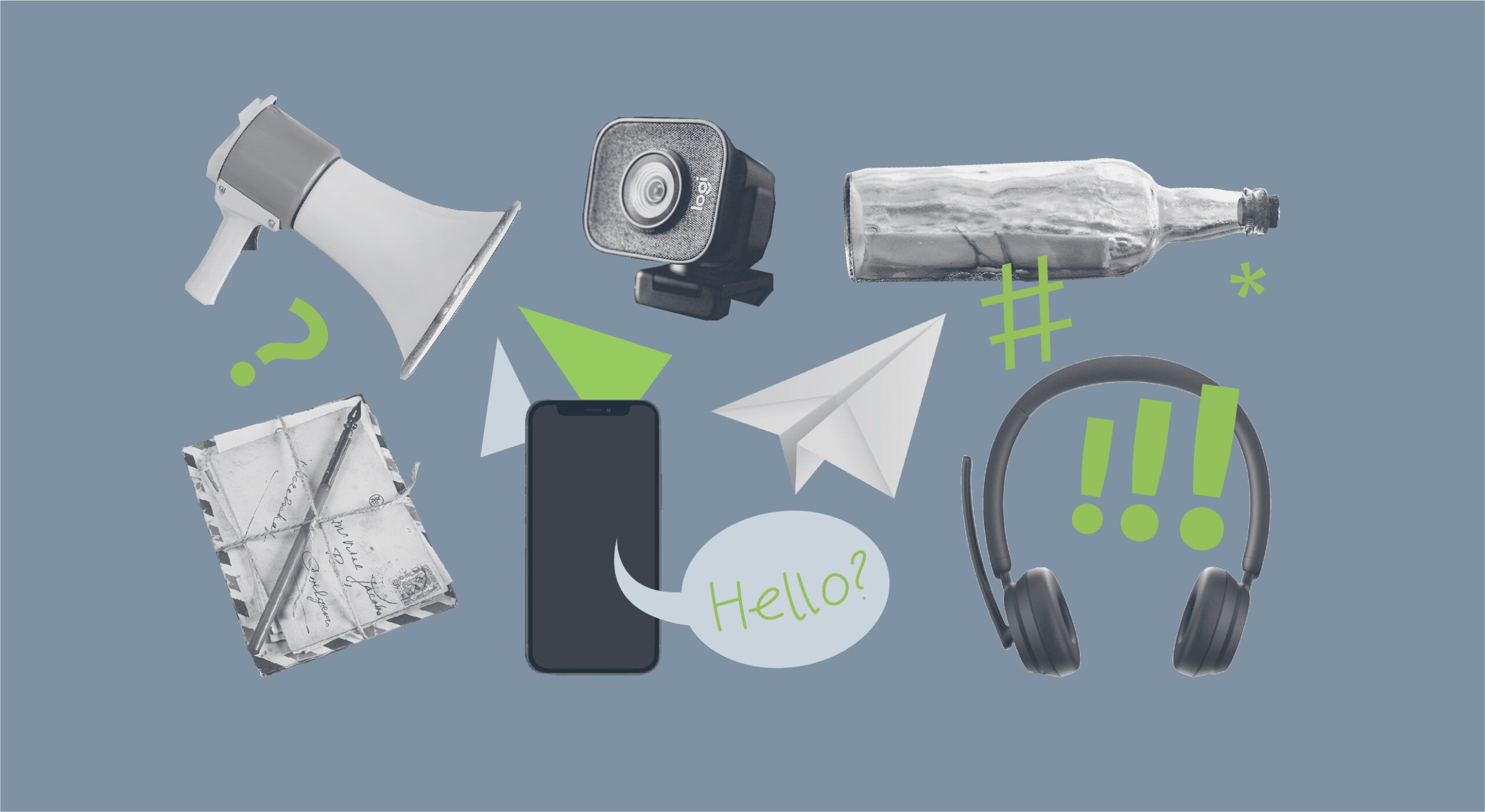Digital Patient Experiences: Conundrum, or Connection?

Much has been written about the connection between physician and patient during an in-person visit. But what exactly is at the core of that connection? It’s an innate need to develop rapport with others. Evidence of this need dates back to 30,000 BC in cave paintings, a form of communicating warnings and celebrating victories. Today, our connections can be tangible or virtual. For healthcare providers, creating a virtual environment that is both warm and welcoming, has been a challenge.
Enter the digital front door, a full, 360-degree, 24/7 virtual experience that can help establish sustained relationships and encourage interaction. While it may seem like high tech is in direct opposition to high touch, nothing is further from the truth. Technology empowers providers to make patient care better and more accessible exactly where it matters – wherever people are.
A rock-solid digital strategy encourages providers to support various touchpoints in the patient’s healthcare journey. In addition, it can streamline provider interactions so that much of pre-appointment information sharing is automated. This saves time for both sides and facilitates the delivery of more attentive care.
Providers are now beginning to understand that medicine won’t always be a face-to-face experience. By offering various ways for patients to connect with them and facilitate treatment on their terms, high tech can help build patient loyalty.
The 2020 Change Healthcare – Harris Poll Consumer Experience Index found that across all phases of the healthcare journey, consumers are seeking more modern, digital communication from both providers and payers. The majority say they want their healthcare provider (68%) and health insurance plan (71%) to communicate with them using more contemporary platforms. Only one in three say their healthcare provider (33%) or insurance plan (35%) communicates with them too much.
RC_Blog_ConundrumOrConnection_Infographic
Healthcare communications has already become more personalized by combining patient preference with technology tools. Today, patients can choose how they want to receive communication — by phone, text, email, web or medical device. Through their preferred channel, specific interventions can be delivered to remind them about upcoming appointments, obtain medication refills, encourage them to contact a health coach for assistance, and more. The right protocols can complement other forms of outreach to ensure patients get the care they need, when they need it. And that’s just what the doctor ordered.
The Harris Poll also found that many consumers believe the communication ecosystem could be entirely digital. Fully 63% indicated that it would be acceptable if all communications from their health insurance plan were digital, while 58% stated the same about communications with their healthcare provider.
Surprisingly, an equal percentage state this would actually make things easier.
That’s not to say that healthcare delivery can lack human connection. Researchers at the University of California’s School of Public Health found that eye contact and a simple pat on the back from the doctor may boost the survival rate of patients with complex diseases.
However, the way in which a physician communicates in a virtual setting matters greatly. The Deloitte 2020 Survey of US Health Care Consumers found that among consumers who would not schedule another virtual care visit, one in five said they didn’t like the way they were treated. In short, “bedside” manner matters.
Similarly, Accenture’s 2020 Digital Health Consumer Survey found that 52% of consumers who have a primary care physician (PCP) agreed that a bad digital experience with a provider ruins the experience overall. This compares to 42% of those without a PCP. Consumers expect virtual visits to be of high quality with clinicians who listen, take their time and treat them well.
This excerpt is a part of our healthcare trends brief, When High Tech Meets High Touch: Can It Click in the Continuum of Care?
